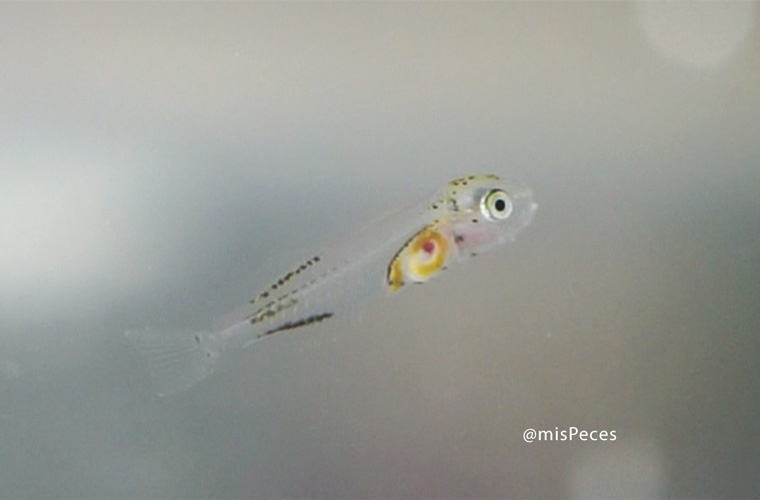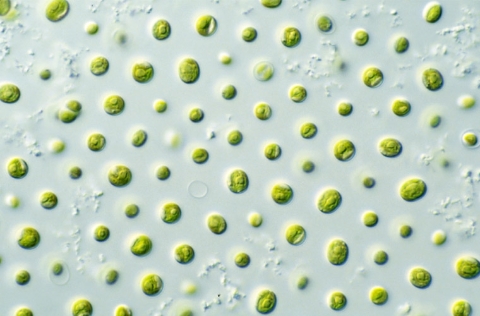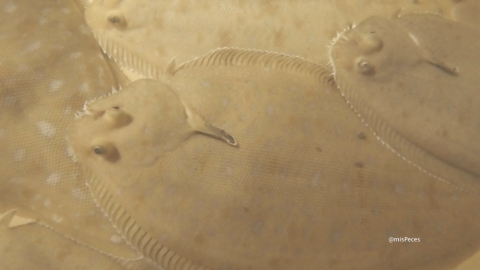
A new study has confirmed that co-feeding gilthead seabream (Sparus aurata) larvae with microdiets from first feeding—combined with a carefully timed use of copepods and Artemia—can significantly improve survival, growth, and overall productivity under hatchery conditions.
Traditionally, seabream larvae are reared on live feeds such as rotifers (Brachionus plicatilis) and Artemia salina for several weeks before a gradual transition to dry feed. While widely practised, this method is costly due to live feed enrichment requirements and often results in variable outcomes.
To address these limitations, a research team led by Beeke Kerrin Roehe of Fraunhofer IMTE and Christian-Albrechts-University Kiel, Germany, tested four innovative co-feeding strategies against the standard industry protocol. Their findings, published in Aquaculture Research, offer a promising route to optimise larval rearing in commercial seabream hatcheries.
The trials took place at Fraunhofer IMTE’s Aquaculture and Aquatic Resources facility in Büsum. A total of 150,000 yolk-sac larvae were supplied by hatchery France Turbot Ichtus and transported under controlled conditions to the experimental site.
Each feeding regime was tested in four replicate tanks stocked with 4,500 larvae, following a density of 75 larvae per litre. The control group reflected conventional practice: rotifers from 4 to 20 days post-hatch (dph), Artemia (nauplii and metanauplii) from 18 to 32 dph, and a commercial microdiet (GEMMA Neo, Skretting) introduced from 30 to 56 dph, with a three-day weaning period.
The study trialled four alternative co-feeding regimes, each combining microdiets with various live feed combinations. In the most successful approach, referred to as "microdiet with copepods and Artemia", larvae received microdiets from 4 to 56 dph, alongside Acartia tonsa copepods (4–20 dph), Artemia nauplii (18–23 dph), and enriched Artemia (21–26 dph).
A second strategy, "microdiet with rotifers", delivered microdiets throughout the trial, supplemented with rotifers during the early stage (4–20 dph). A third, "microdiet with copepods", paired continuous microdiet feeding with A. tonsa copepods over the same period.
The final treatment introduced microdiets later, from day 18 onwards, using two copepod species in succession: A. tonsa from day 4 to 15 and Apocyclops panamensis from day 13 to 20, covering both nauplii and copepodite stages.
The standout regime—microdiet with copepods and Artemia—produced the most striking results: a 78% increase in survival (37.5% vs. 21.1%) and over four times the final biomass per tank (69 ± 7 g vs. 16 ± 7 g) compared to the standard method.
According to the authors, the early introduction of microdiets appears to accelerate the development of the digestive system and improve nutrient assimilation. Copepods, particularly A. tonsa, played a key role, offering a natural source of essential fatty acids (DHA and EPA) without the need for external enrichment, unlike rotifers.
These findings highlight the practical potential of early co-feeding strategies for commercial hatcheries. By reducing dependency on labour-intensive live feeds and shortening the Artemia phase, hatcheries can improve larval robustness, lower operational costs, and move towards more sustainable production.
As the aquaculture sector continues to refine rearing protocols, this research points to a scalable, welfare-oriented approach that benefits both producers and fish.
Reference:
Beeke, Kerrin & Roehe, & Ueberschär, Bernd & Hasler, Mario & Lippemeier, Sebastian & Schulz, C.. (2025). Gilthead Seabream Larvae Growth and Survival Using New Co-Feeding Regimes With Early Microdiet Application. Aquaculture Research. Volume 2025. 10.1155/are/8797421.



